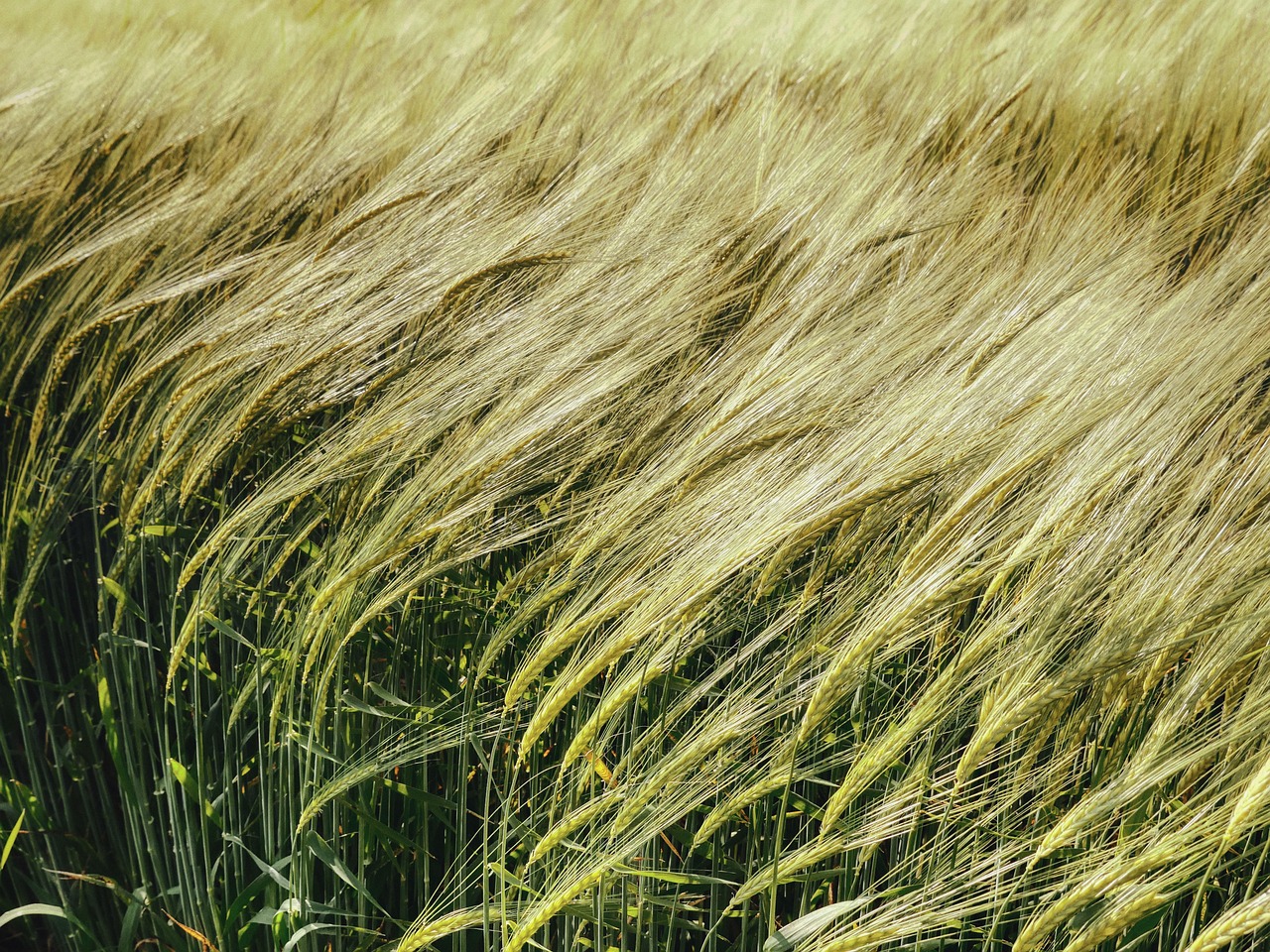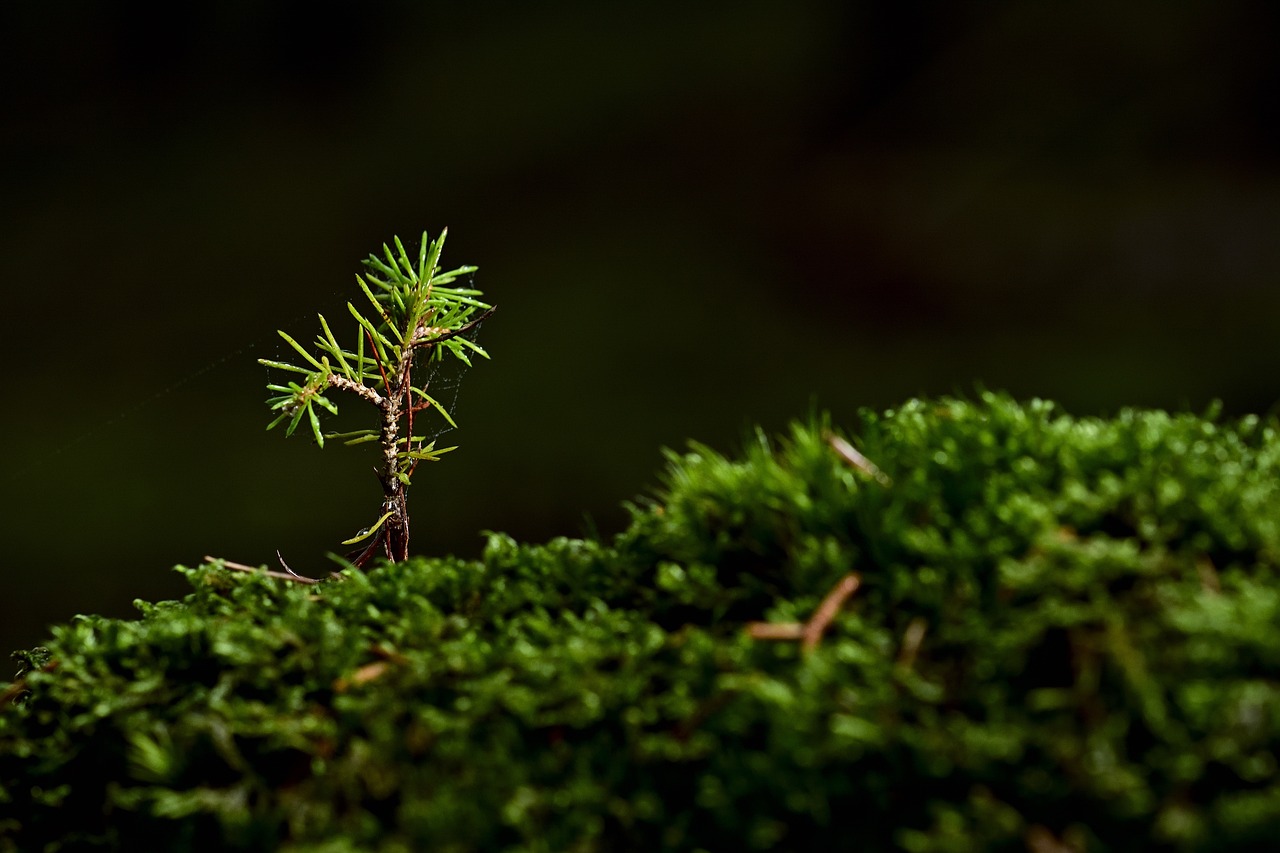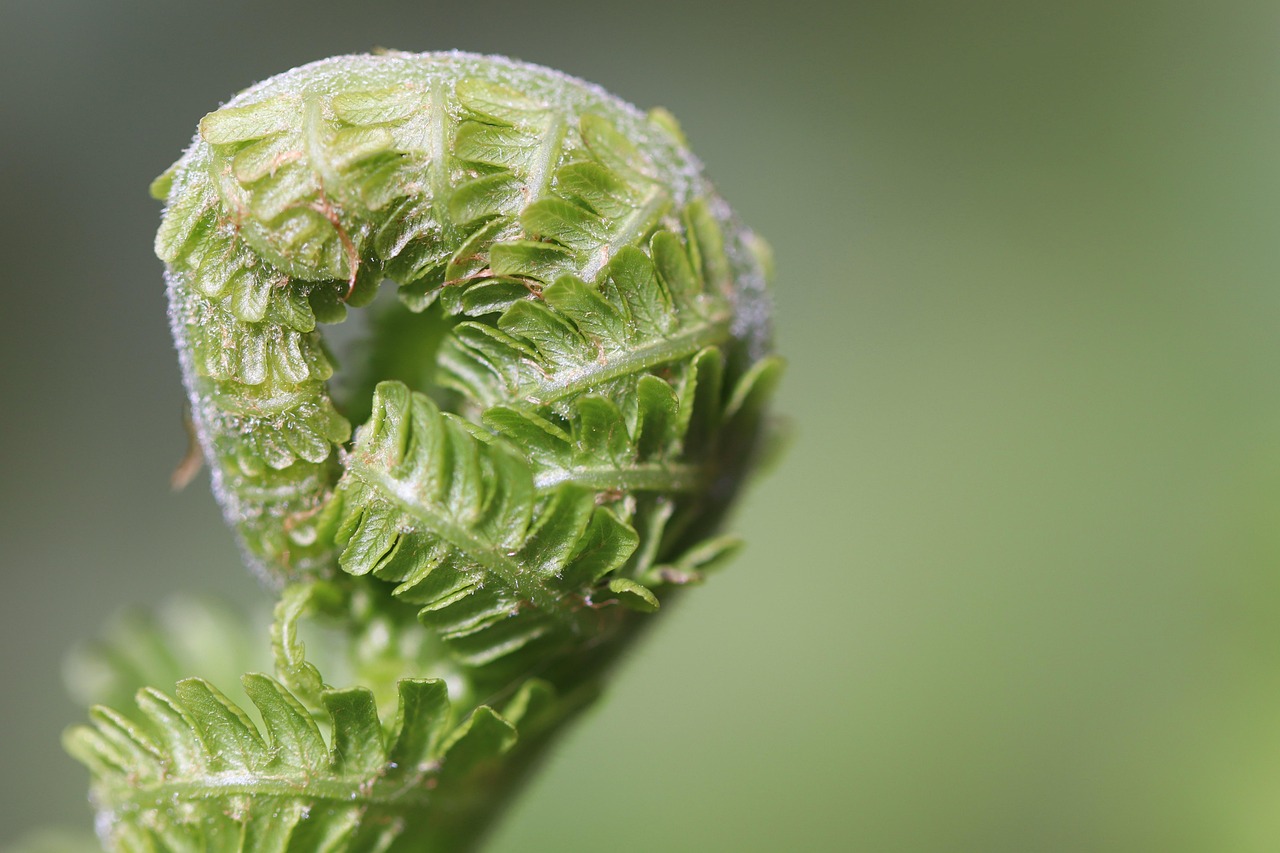Growing potatoes in small spaces is entirely possible with the right techniques. Utilize containers, raised beds, or vertical gardening methods to maximize your yield. Select suitable potato varieties, ensure proper soil conditions, and provide adequate sunlight and water for successful growth.
Potatoes are a versatile and rewarding crop that can be grown even in limited areas. They are not only delicious but also packed with nutrients. As a staple food in many cultures, potatoes can be cultivated regardless of your gardening experience. Whether you have a small patio, balcony, or just a few square feet in your garden, you can enjoy fresh potatoes by following a few key steps.
One of the primary benefits of growing potatoes in small spaces is their adaptability. Unlike many crops that require extensive room to thrive, potatoes can grow vertically or in compact areas. This means you can still reap the benefits of home gardening, even when space is at a premium.
When it comes to choosing the right method for potato cultivation, consider the following options:
- Containers: Using pots or bags allows for easy mobility and optimal drainage.
- Raised Beds: These provide excellent soil control and can be built to any size.
- Vertical Gardening: Stacking tires or using trellises can save space while increasing yield.
Understanding the basics of potato growth is essential for success. Potatoes thrive in well-draining, nutrient-rich soil. They prefer a slightly acidic pH level between 5.0 and 6.0. Ensuring that your soil has ample organic matter will promote healthy growth. Here are some key factors to consider:
| Factor | Ideal Condition |
|---|---|
| Soil Type | Loose, well-draining soil |
| Sunlight | At least 6 hours per day |
| Watering | Consistent moisture without waterlogging |
| Temperature | 60°F to 70°F (15°C to 21°C) |
Selecting the right potato variety is also crucial for achieving a successful harvest. Some varieties are better suited for small spaces due to their compact growth habits. Early-season varieties can yield potatoes within a shorter time frame, allowing multiple harvests in a season. Consider these popular varieties:
- Red Pontiac: Great for small gardens and produces flavorful red-skinned potatoes.
- Yukon Gold: Known for its creamy texture and excellent taste.
- Fingerling Potatoes: Perfect for small spaces due to their unique shape and size.
Once you have selected your method and variety, you are ready to start planting. Timing is critical. Potatoes should be planted after the last frost date in your area when the soil temperature reaches at least 45°F (7°C). This early start will give your plants plenty of time to mature before the heat of summer sets in.
In summary, growing potatoes in small spaces can be both feasible and fruitful with proper planning and execution. From choosing the right variety to ensuring optimal growing conditions, every step plays a vital role in your success as a potato grower.
Preparing for Planting

Preparing your space and materials is a crucial step in successfully growing potatoes in small areas. Proper preparation not only sets the stage for healthy growth but also maximizes your yield. Here are essential steps to take before planting your potatoes.
Choosing the Right Containers
If you opt to grow potatoes in containers, selecting the right type is vital. Various options are available, each with unique benefits:
- Plastic Pots: Lightweight and easy to move, plastic pots retain moisture well.
- Fabric Grow Bags: These allow for better aeration and drainage, promoting healthier root systems.
- Wooden Crates: Sturdy and rustic, they provide ample space for growth while allowing for drainage.
Ensure that any container you choose has enough depth for root development. A depth of at least 12 inches is recommended for optimal growth.
Soil Preparation
The quality of your soil significantly impacts the health of your potato plants. Start with a high-quality potting mix or garden soil enriched with organic matter. Follow these steps to prepare your soil:
- Test Soil pH: Aim for a pH of 5.0 to 6.0. You can use a simple home testing kit to assess your soil.
- Add Compost: Incorporate compost or well-rotted manure into the soil to increase fertility and improve drainage.
- Mix in Fertilizer: A balanced organic fertilizer can provide essential nutrients. Choose one that is low in nitrogen to prevent excessive foliage growth at the expense of tuber development.
Seed Potato Preparation
Using seed potatoes instead of grocery store potatoes is highly recommended. Seed potatoes are disease-free and specifically bred for planting. Here’s how to prepare them:
- Chitting: This process involves placing seed potatoes in a bright, cool area to encourage sprouting. Allow them to sprout for about 2-4 weeks before planting.
- Cutting Seed Potatoes: If using larger seed potatoes, cut them into pieces, ensuring each piece has at least one eye (the small buds). Allow the cut surfaces to dry for a day or two to reduce the risk of rot.
Planting Potatoes
Once your containers and soil are ready, it’s time to plant your potatoes. The planting process is straightforward but requires attention to detail for optimal results.
Planting Depth and Spacing
When planting, the depth and spacing of your seed potatoes are essential factors:
- Depth: Plant seed potatoes about 4 inches deep in the soil.
- Spacing: If using larger containers, space seed potatoes about 12 inches apart. This allows sufficient room for each plant to grow without overcrowding.
Caring for Your Potato Plants
After planting, take care of your potato plants as they grow. Regular maintenance will help ensure healthy plants and a bountiful harvest:
- Watering: Keep the soil consistently moist but not soggy. Water deeply once or twice a week, adjusting frequency based on rainfall and temperature.
- Mulching: Apply a layer of organic mulch around the plants to retain moisture, suppress weeds, and regulate soil temperature.
- Hilling: As the plants grow, mound soil around the base of the plants to encourage more tuber development and prevent greening of exposed potatoes.
Pest and Disease Management

Pest management is essential when growing potatoes. Common pests include aphids, Colorado potato beetles, and white grubs. Implement integrated pest management (IPM) strategies to minimize damage:
- Regular Monitoring: Check your plants regularly for signs of pests or disease. Early detection is key.
- Naturally Repellent Plants: Consider planting companion plants like marigolds or basil that can deter pests naturally.
- Pesticides: If necessary, use organic pesticides as a last resort and follow all safety guidelines.
By preparing adequately and caring for your potato plants throughout their growth cycle, you will set yourself up for a successful harvest even in limited spaces.
Harvesting Your Potatoes
Harvesting is one of the most exciting stages in growing potatoes. Knowing when and how to harvest your potatoes can significantly affect the quality and quantity of your yield. The timing of your harvest depends largely on the type of potato you are growing and your intended use.
When to Harvest
There are generally two main types of potatoes: early and late varieties. Early potatoes can be harvested about 10 weeks after planting, while late varieties take longer, around 15 to 20 weeks. Here are some signs to look for when determining the right time to harvest:
- Flowering: Many potato plants will flower before their tubers reach full size. If you want new potatoes, you can harvest them as soon as they bloom.
- Foliage Yellowing: For mature potatoes, wait until the leaves start to yellow and die back. This indicates that the tubers have matured.
- Skin Texture: The skin of mature potatoes will be firm and difficult to rub off. This is a sign that they are ready for harvest.
How to Harvest
Harvesting potatoes requires care to avoid damaging the tubers. Here’s a step-by-step guide on how to properly harvest your potatoes:
- Preparation: Gather tools such as a garden fork or spade, a bucket or basket, and gloves for protection.
- Watering: Water the plants a day or two before harvesting. This makes it easier to loosen the soil around the tubers.
- Gently Loosen Soil: Use the garden fork or spade to carefully lift the soil around the base of the plants. Be cautious not to stab the tubers.
- Remove Potatoes: As you lift the soil, gently pull out the potatoes by hand, ensuring that you do not bruise them.
Storing Your Potatoes

Once harvested, proper storage is essential to maintain the freshness and flavor of your potatoes. Here are key points to consider for storing your harvested potatoes:
Ideal Storage Conditions
Your potatoes should be stored in a cool, dark, and well-ventilated area. The ideal storage temperature ranges from 45°F to 50°F (7°C to 10°C). Here are some storage tips:
- Avoid Light: Exposure to light can cause potatoes to turn green and develop solanine, a toxic compound.
- Humidity Control: Aim for a humidity level of around 90% to prevent shriveling. A basement or root cellar is often ideal.
- Avoid Plastic Bags: Store potatoes in burlap sacks, cardboard boxes, or paper bags to allow airflow while keeping them dark.
Checking for Spoilage
Regularly check your stored potatoes for signs of spoilage or rot. Remove any affected potatoes immediately to prevent them from affecting the others. Look for:
- Soft Spots: These may indicate that the potato is beginning to rot.
- Mold or Sprouts: Discard any potatoes that show signs of mold or excessive sprouting.
Utilizing Your Harvest
Once your potatoes are harvested and stored properly, it is time to enjoy them in various dishes. Potatoes are incredibly versatile, making them a staple in many households. Here are some popular ways to use your home-grown potatoes:
- Baking: Simple baked potatoes topped with butter, sour cream, or cheese are always a favorite.
- Mashing: Creamy mashed potatoes can be a delightful side dish for numerous meals.
- Roasting: Tossed with olive oil and herbs, roasted potatoes make for a crispy and flavorful accompaniment.
- Salads: Cold potato salads with herbs and vinaigrette are refreshing during warm months.
The satisfaction of enjoying your home-grown potatoes is immense. They not only taste better than store-bought varieties but also provide a sense of pride in your gardening efforts.
Additional Tips for Successful Potato Growing

While you now have a comprehensive overview of growing potatoes in small spaces, there are always more tips and tricks to enhance your gardening experience. Here are some additional strategies to ensure a bountiful harvest and a rewarding gardening journey:
Crop Rotation
Practicing crop rotation is essential for maintaining soil health and reducing pest and disease buildup. Avoid planting potatoes in the same spot every year. Instead, rotate them with other crops such as beans or leafy greens. This helps keep the soil nutrient-rich and minimizes the chance of pests targeting the same crop repeatedly.
Companion Planting
In addition to using companion plants for pest control, certain plants can enhance potato growth. Here are some beneficial companions:
- Beans: They fix nitrogen in the soil, which benefits potatoes.
- Corn: Provides shade and helps protect potatoes from sun exposure.
- Horseradish: Known to deter pests like Colorado potato beetles when planted nearby.
Season Extension Techniques
If you want to extend your growing season, consider using season extension techniques. These methods can help you grow potatoes earlier in the spring and later into the fall:
- Row Covers: Light fabric can protect young plants from frost while allowing sunlight to penetrate.
- Cold Frames: These are mini-greenhouses that can warm the soil and air around your potatoes.
- Tunnels: High tunnels or hoop houses provide a controlled environment that can extend the growing season significantly.
Final Thoughts
Growing potatoes in small spaces is not only feasible but can also be immensely satisfying. With the right techniques, tools, and planning, you can enjoy a productive harvest even in limited areas. Remember to choose suitable varieties, prepare your soil well, and provide consistent care throughout the growing process.
The joy of harvesting and utilizing your fresh potatoes in meals adds an extra layer of fulfillment to your gardening experience. Whether you opt for container gardening, raised beds, or vertical methods, the flexibility of potato cultivation enables you to adapt your gardening style to fit your available space.
As you embark on your potato-growing journey, embrace the learning process. Each season will bring new challenges and opportunities for improvement. By staying informed and experimenting with different techniques, you will continue to enhance your skills and enjoy the fruits of your labor. Happy gardening!
